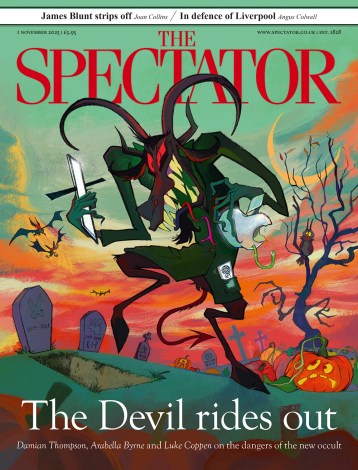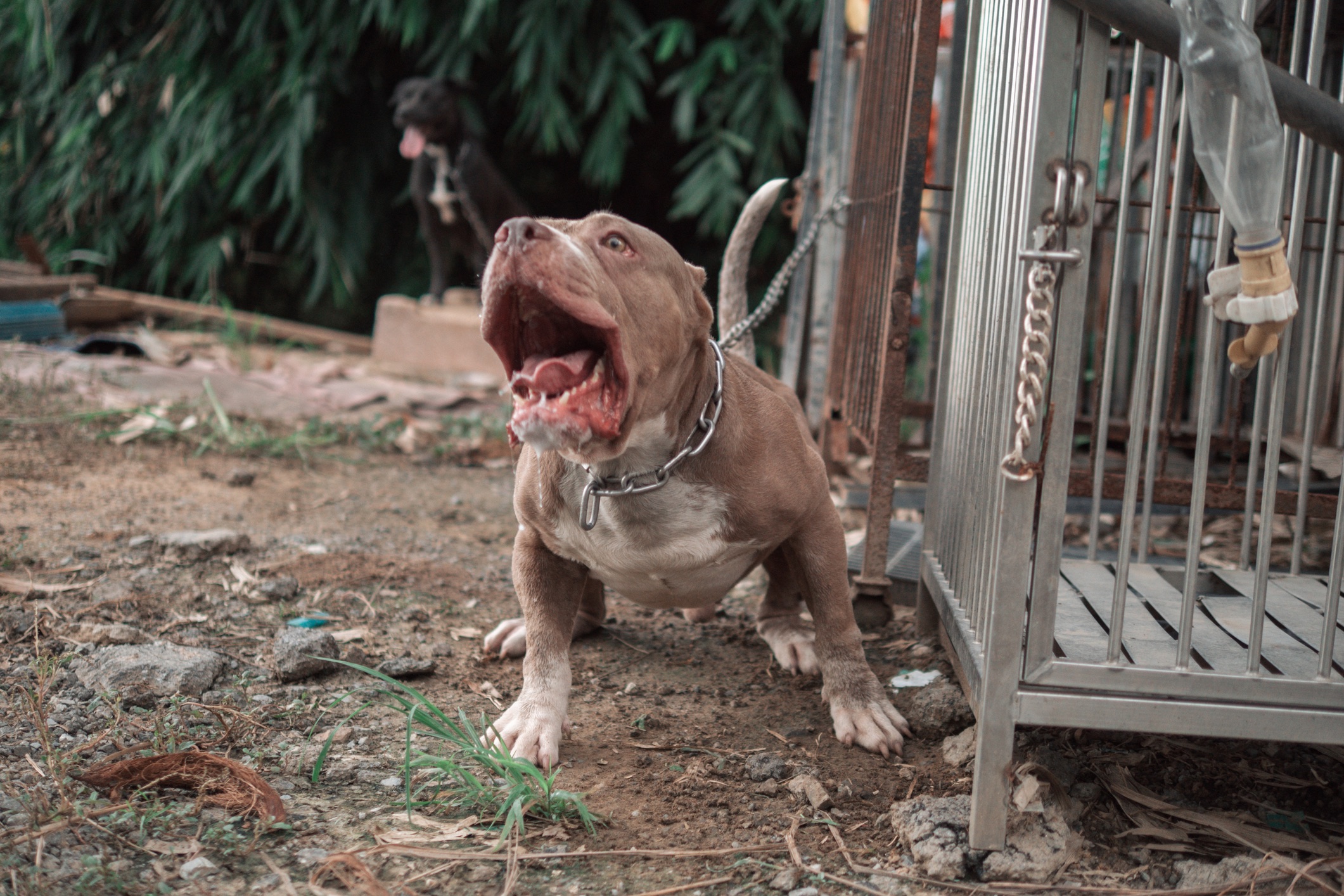From 1 February 2024, it will become illegal to own an American bully XL in England and Wales if the dog isn’t registered with the UK government. Existing owners will be able to keep their XL bullies so long as they apply for an exemption — at a fee of £92.40 — this comes with conditions: owners must ensure the dogs are microchipped and kept both on a lead and muzzled at all times in public. It’s a serious move, made after a series of attacks that resulted in severe injuries and at least by our counts, at least 14 deaths. Westminster’s approach balances public safety with a humane treatment of the existing XL bully population. So why then has the Scottish government decided that it will not impose the ban?
The decision to outlaw XL bullies ‘will not be brought into force in Scotland on the current timescale,’ said SNP MP Steven Bonnar in parliament on Monday. It’s a stance that the Scottish government insists reflects the ‘deed not breed’ approach to dangerous dogs favoured by animal welfare advocates. But their decision to diverge from a Union-wide approach to banning the XL bully breed raises significant concerns — not least because there are worries that XL bullies will be displaced from England and Wales north of the border next year completely unregulated.
We shouldn’t blame the dog. We should blame the humans who continue to naively think these dogs should be pets.
Scotland essentially already operates a ‘deed not breed’ approach through the Control of Dogs Act 2010, but has it been successful? According to the Chief Superintendent Mike Flynn of the Scottish Society for the Prevention of Cruelty to Animals, not really. In 2018, he said that the act was ‘not really effective’ since it was highly dependent on local authorities, some of which struggle to recruit and resource dog wardens. Flynn does, interestingly, still support the ‘deed not breed’ approach. Indeed, dog attacks requiring hospitalisation in Scotland have risen dramatically from 363 admissions in 2006 to over 900 in 2022 — a rise of more than 150 per cent.
We already have evidence that the focus on ‘deed not breed’ has failed to prevented several horrific attacks by XL bullies, some affecting children. In Dundee last year, a 15-year-old girl suffered severe leg injuries during an XL bully attack. A similar incident in Motherwell involved a teen attacked by his own American bully, with the dog unresponsive to bystanders’ interventions. There have been incidents of XL bullies fatally attacking other dogs, including a defenceless Yorkshire terrier in Glasgow.
Tragically, this approach has not averted human fatalities either. Adam Watts, a single father of five and manager of Juniper kennels in Angus, suffered fatal injuries from a dog attack in 2021. He was killed by a XL bully, which he was rehabilitating after it had been seized by police for attacking dogs and a person in Dundee. (It’s important to note, in Adam’s memory, that he worked with campaign groups to rehabilitate dangerous dogs and most likely would oppose a ban today.)
The Scottish government is now at a crossroads. Does it double down with an unproven approach of ‘deed not breed’? Or does it listen to the Crown Office and Procurator Fiscal Service (COPFS) and Police Scotland who’ve argued in the past that implementing breed bans or restrictions in order to ban or restrict ownership of certain breeds can be an effective preventative approach? It is taking a gamble by pursuing a different approach than Westminster. And, sadly, it’s a gamble with lives.
Understanding the background of the American bully XL is crucial. Fundamentally, the American bully is a legal type of pit bull terrier. It originated in the 1990s from questionable breeders in the United States who crossbred the American pit bull terrier and American Staffordshire terrier. Over time they irresponsibly bred (and inbred) for musculature, size and colour; not companionship.
The modern XL bully is, roughly speaking, 50 per cent American Staffordshire terrier and 20 to 25 per cent American pit bull terrier, mixed with various mastiff and bull breeds. Alarmingly, some bully XLs lines have been bred from ‘champion’ American pit bull terrier stock from the 1980s and 1990s. Champions, that is, at fighting other dogs to the death. These types of dogs have been bred for jaw strength and high pain tolerance. The result? Irresponsible breeders have enlarged a breed designed to be, pound for pound, the most efficient killing machine into an animal than can weigh upwards of 60kg. It was never going to end well, as the history of the breed in the United States has proven. A string of fatalities from dog attacks in the US have involved XL bullies. One of the most horrific cases happened last year, when a pair of XL bullies, belonging to a family of pit bull advocates, mauled two children to death. They had owned both dogs for 8 years.
At Bully Watch, our position is clear: no form of dangerous dog legislation in any part of the world has managed to fix the constant of pit bull fatalities. The only effective tool policy makers have is to ban or severely restrict pit bull ownership. Evidence from across the world shows there is yet more to be done. What do Germany, Austria, Italy, Netherlands, Greece, Poland, and Spain have in common? All of them have attempted to control the breed through vastly different legislation — and all of them still have had had horrific fatalities this year involving pit bull-type dogs.
The problem with any ‘deed not breed’ approach is that for pit bull breeds, there are no second chances. Once the attack has taken place it is, for many, far too late. We shouldn’t blame the dog: it’s essentially what they were selectively bred to do. We should blame the humans who continue to naively think these dogs should be pets.
The Scottish government must reconsider its position. Now isn’t the time for politicking and diverging from the UK’s incoming ban: there is evidence enough of the dangers presented by XL Bullies and other pit bull type dogs. Empirical evidence from around the world demonstrates that, despite the best efforts in training and management, the inherent nature of pit bills often prevails over nurture. Let’s hope the SNP recognises this before it is too late.







Comments